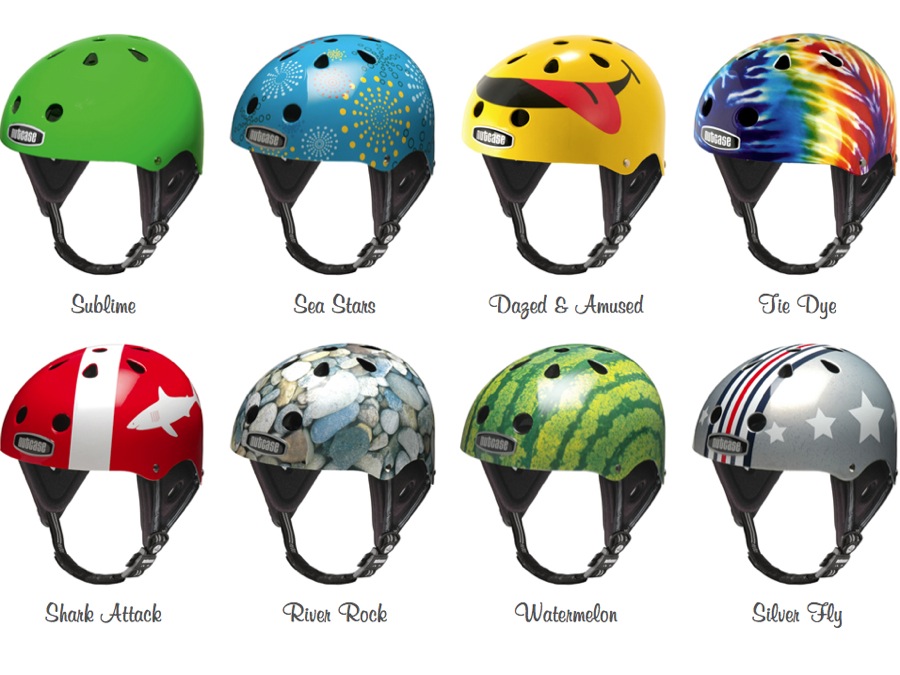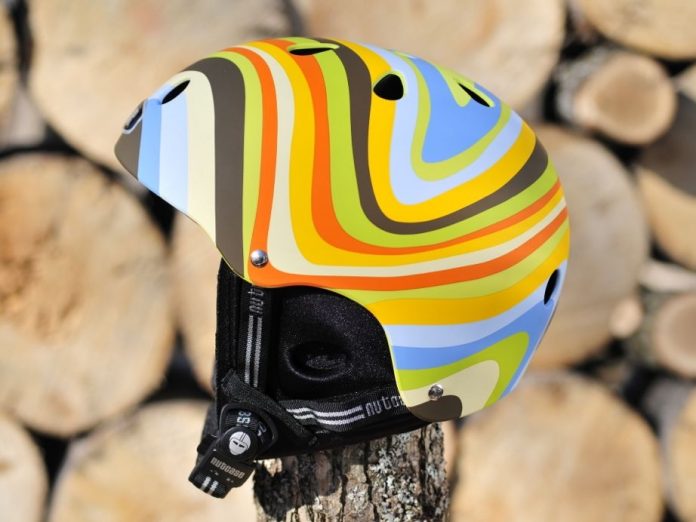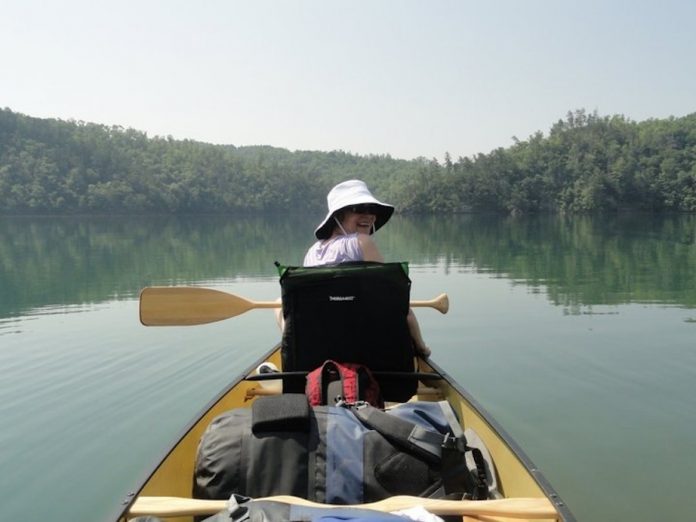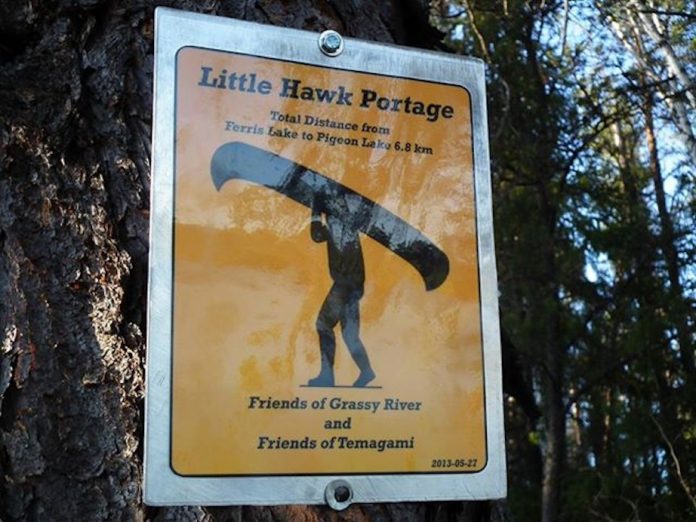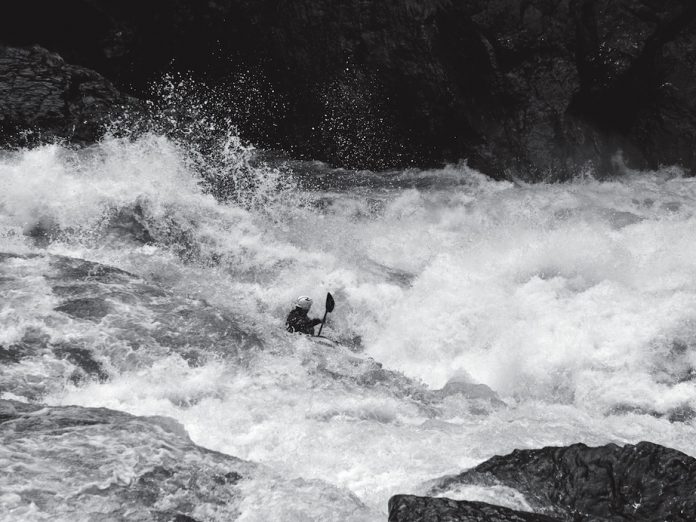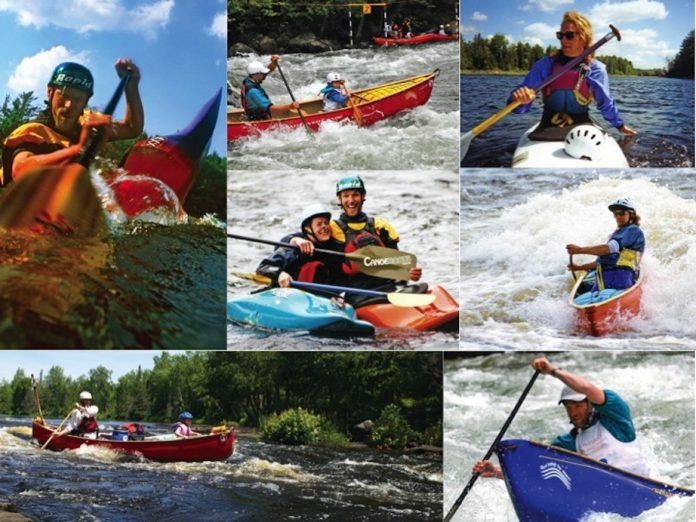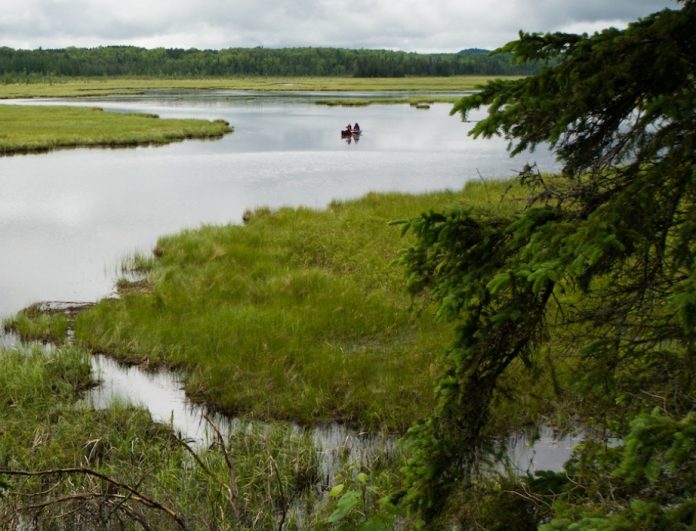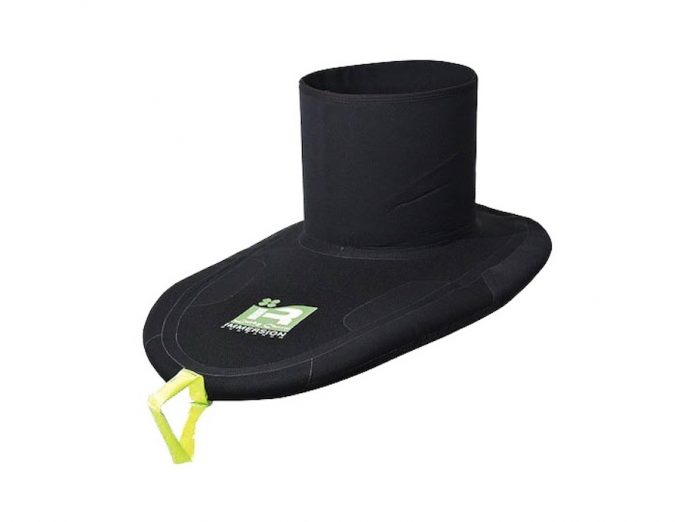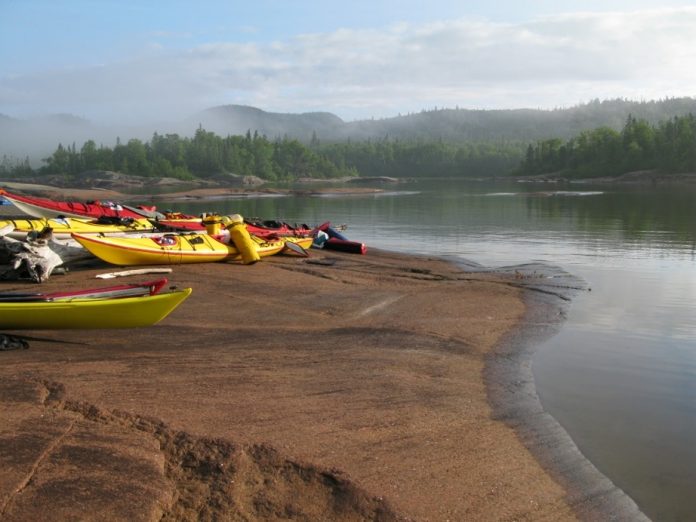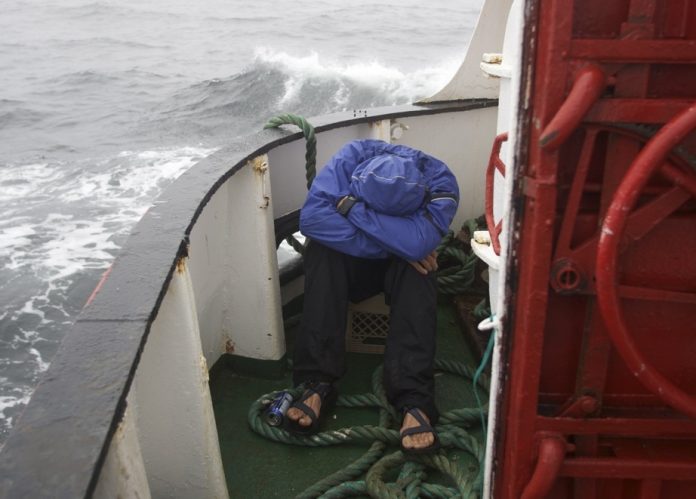A handful of events over the past two summers hint that something has changed in the paddling world.
Consider this: Record high flows on a definitive class V—Idaho’s North Fork of the Payette—brought a stampede of paddlers in June 2010. The Grand Canyon of the Stikine in northern B.C.—oft-touted as whitewater’s multi-day equivalent to Mount Everest—hosted over half a dozen descents in the last two seasons. This on a river that for three decades witnessed only one or two attempts per year. One 2010 team ran the 60-mile canyon in just six and a half hours.
The most telling indicator may be a feat accomplished last fall. Two paddlers knocked off the elusive Triple Crown of the Susitna, Alsek and Stikine—career-defining rivers and lifetime achievements each—in a measly three weeks, and on somewhat of a whim. Combine this with a kayak waterfall record that stands at nearly 190 feet.
Rock climbing historians point to one particular rock face as the barometer of their sport: Amid the iconic granite domes and towering falls of Yosemite National Park lies the world’s most famous big-wall climb, El Capitan. Towering 3,000 feet over the valley floor, the Nose route ascends right up the center of the face—audacious, intimidating and committing.
When first climbed in 1958 it took the three-man team 47 days of moving up and down the glacier-polished granite to figure out the puzzle. The final push consisted of 12 consecutive days living on the wall. It was hailed as the equivalent of summiting Everest, and indeed the media attention put climbing into the mainstream and ushered in a new era.
In 1975, 17 years later, the Nose was climbed in one day. In 2008 it was speed climbed in just two hours and 37 minutes.
I don’t think we on the river have one such arena to capture the development of our sport. There are specific events, though, that have marked important changes.
One such was the French Roll. It was the summer of ’93, short boats were new and freestyle was called rodeo (how embarrassing). The French slalom team, fresh off a World Cup event in Minden, Ontario, visited the famed big water of the nearby Ottawa River. Speeding through Horseshoe Rapid, one French slalomist launched off the wave, tucked forward and barrel-rolled in mid air. He landed upright and paddled away downstream.
Sitting in the eddy, the rodeo dudes looked at each other wide-eyed. Did you see that? It was the beginning of the aerial era and what is now modern freestyle.
It is dangerous to attribute an evolutionary process to a single event. A lone barrel roll does not a movement make, just as the one-day climb of the Nose in 1975 was not an isolated incident. In hindsight, though, these events highlight how popular thinking can change.
The legendary runs knocked off last year point to a new way of thinking. Expectation, consequence and normal seem to have been—or are being—redefined. With every new era, those of the previous paradigm wring their hands in worry. Flood-level class V and speed runs are reckless; these leading edge paddlers don’t fully appreciate the risk or how things are done. The fact is they don’t have to—every new paradigm builds upon the understanding of an earlier era.
Back to El Cap and the climbers, the 1958 multi-day siege laid the foundation for the 2:37 speed record. The 25 failed and successful Stikine runs made a one-day possible. As knowledge and beta grow, so too do the possibilities.
What this means for paddling will only be visible in the rearview mirror at some distance. The new normal will only be recognized once it is a bit old school.
Jeff Jackson is a professor of Outdoor Adventure at Algonquin College in Pembroke, Ontario, and is the co-author of Managing Risk: Systems Planning for Outdoor Adventure Programs, published by Direct Bearing Inc.
This article originally appeared in Rapid, Summer/Fall 2011. Download our free iPad/iPhone/iPod Touch App or Android App or read it here.
